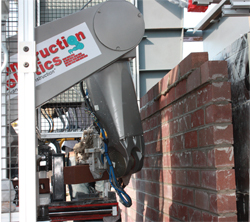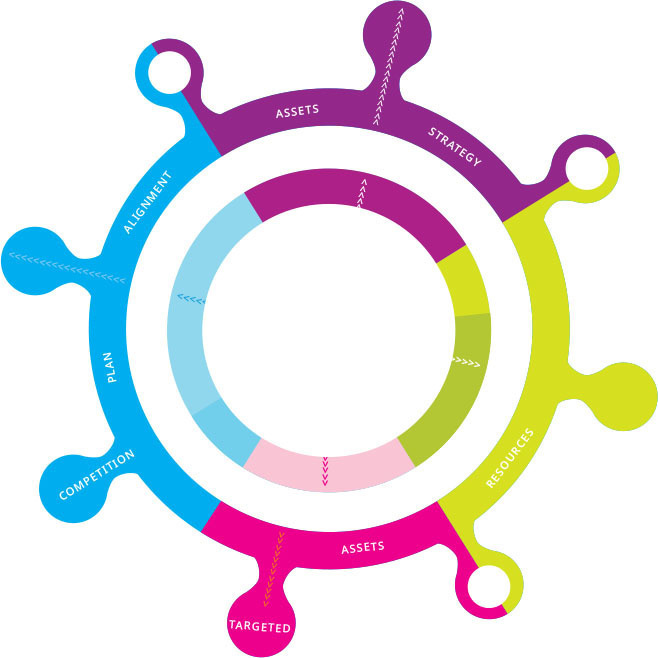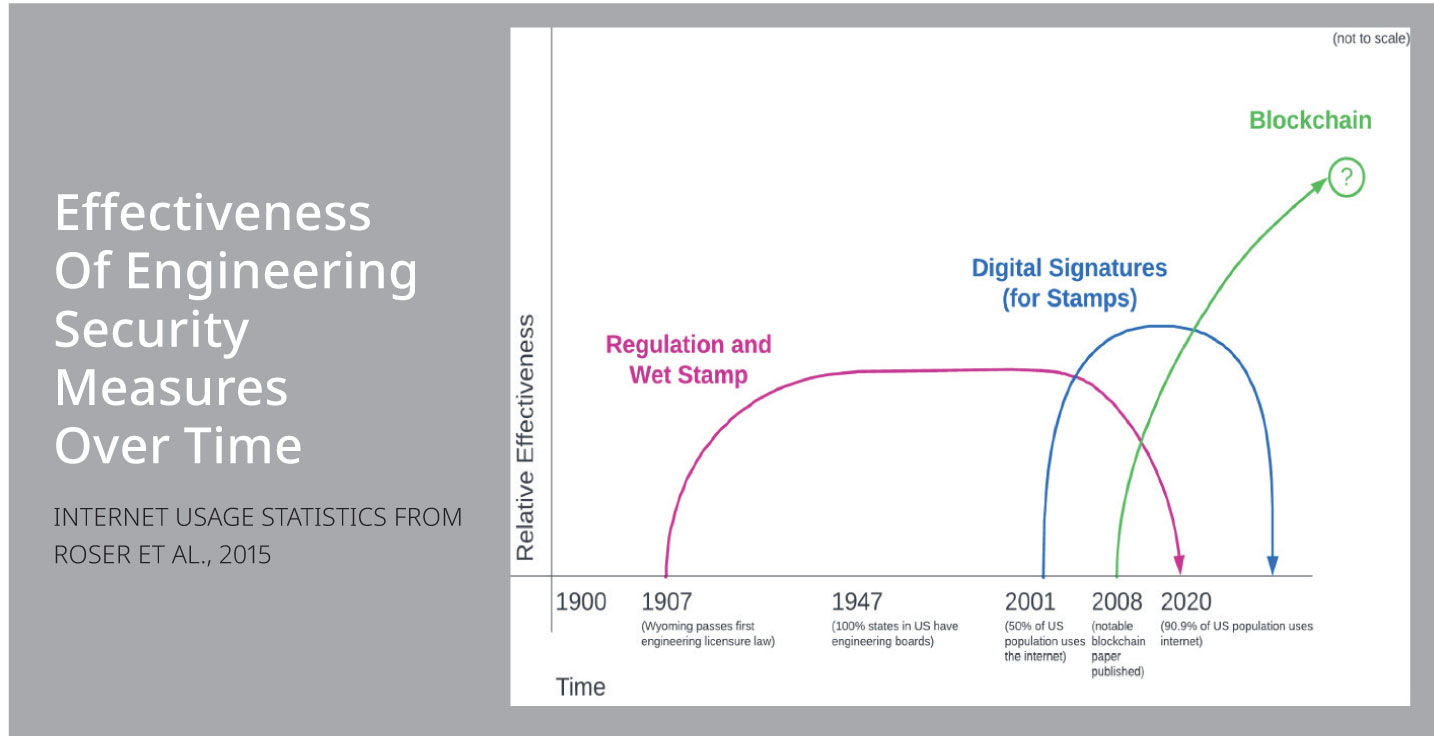April 2014
COMMUNITIES: CONSTRUCTION
Robot Masons Headed for Job Sites in 2015
The Internet was abuzz in February when Harvard engineers and computer scientists announced their successful creation of a robotic construction crew inspired by termite species that build complex mounds as part of their colonies.
The goal of the TERMES project was to develop a “swarm construction system,” in which autonomous robots cooperate to build structures much larger than themselves without the need for a central command or prescribed roles. The project was a success; the TERMES robots can build towers, castles, pyramids, and whatever else they’re asked, all out of foam bricks.
As exciting as the TERMES technology is, it is at this stage only a proof of concept. However, one effort to use robotics and automation in the construction industry is in a more advanced stage. Last October, Construction Robotics’ Semi-Automated Masonry (SAM) system was put to work on an actual job site and the company plans to make the SAM system commercially available next year.
The SAM system is designed to work with a mason, assisting with the repetitive and strenuous aspects of the job. Rather than eliminating the human component, the SAM system is meant to increase productivity and quality. The system’s robotic arm picks up individual bricks; holds them while mortar is applied from a dispenser; and then, guided by CAD drawings and laser sensors, sets them in place.
A mason who is able to lay 400 to 500 bricks in an eight-hour day could lay between 1,500 and 2,000 bricks a day with the SAM system, according to Construction Robotics Vice President and Cofounder Scott Peters. Not to mention the system allows the mason to give greater attention to tooling joints and wall quality.
Construction Robotics was established as a limited liability company in 2007 by Peters, an engineer with more than 10 years experience in manufacturing and automation, and Nathan Podkaminer, an architect with more than 30 years of experience as a general contractor in the construction industry. For its first two to three years, the company focused on research.
“That was really fundamental work,” Peters says. Commonly used robots, like those in the manufacturing industry, perform great when mounted to concrete floors, but to perform well on a job site a robot has to deal with being both moved around and exposed to the elements. “We were able to prove that, from a technology hurdle standpoint, we could take a robot and be able to handle some of the big variations we were going to have to deal with on a job site.”
A few years and two National Science Foundation Small Business Innovative Research grants later, Construction Robotics put its SAM system on a job site. “We were thrilled with what we learned from the opportunity,” Peters says. “We’ve gone through another engineering phase where we redesigned much of the system.”
Construction Robotics is currently building three beta versions of its improved SAM system, which Peters says is smaller, lighter, and faster. The beta units are expected to be completed and up and running on job sites by mid-year.
“We’ve been on a job site and we have a real product coming to market,” Peters says. “So we’re obviously really excited about the state of our technology, where we’re at with all that, and we’re really looking forward to what the next couple years are going to bring.”


 Volunteering at NSPE is a great opportunity to grow your professional network and connect with other leaders in the field.
Volunteering at NSPE is a great opportunity to grow your professional network and connect with other leaders in the field. The National Society of Professional Engineers (NSPE) encourages you to explore the resources to cast your vote on election day:
The National Society of Professional Engineers (NSPE) encourages you to explore the resources to cast your vote on election day: CONSTRUCTION ROBOTICS’ SEMI-AUTOMATED MASONRY (SAM) SYSTEM LAYS BRICKS AT A JOB SITE IN VICTOR, NEW YORK, LAST OCTOBER.
CONSTRUCTION ROBOTICS’ SEMI-AUTOMATED MASONRY (SAM) SYSTEM LAYS BRICKS AT A JOB SITE IN VICTOR, NEW YORK, LAST OCTOBER. SCOTT PETERS
SCOTT PETERS


